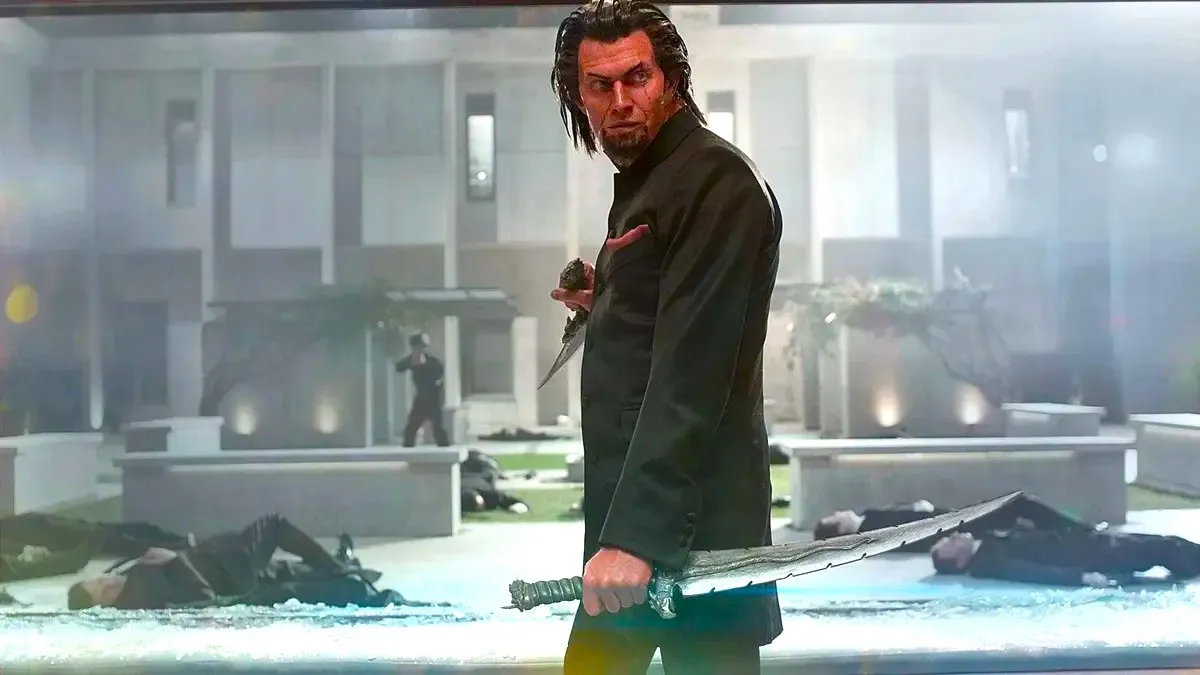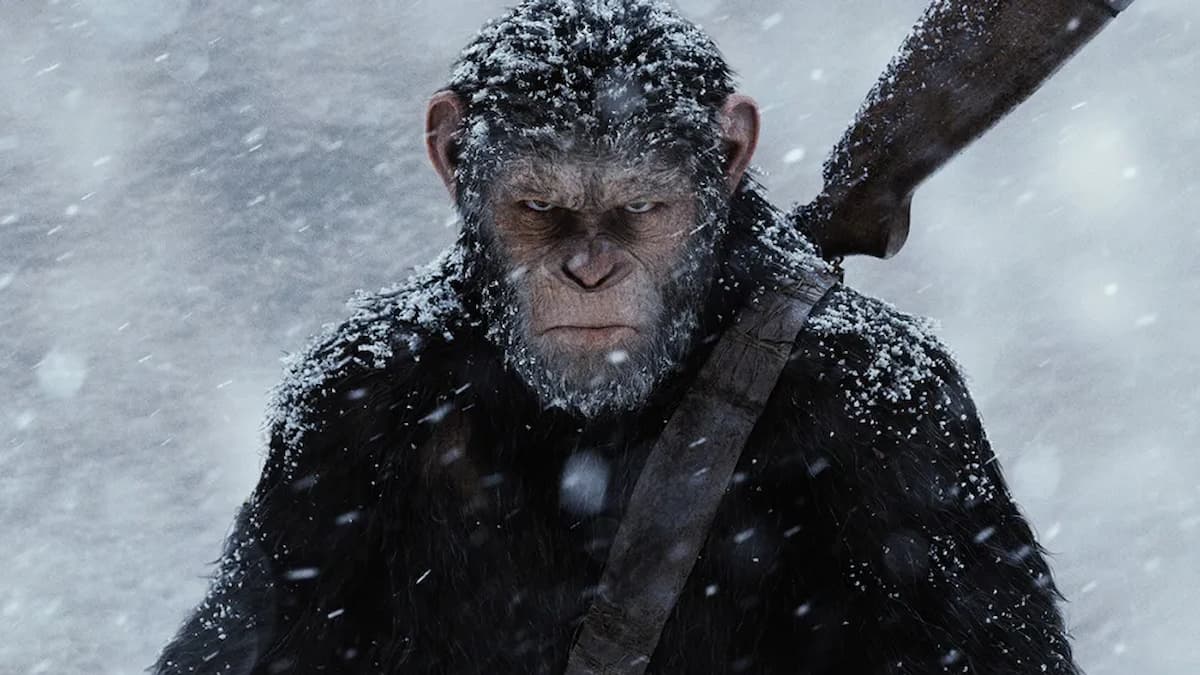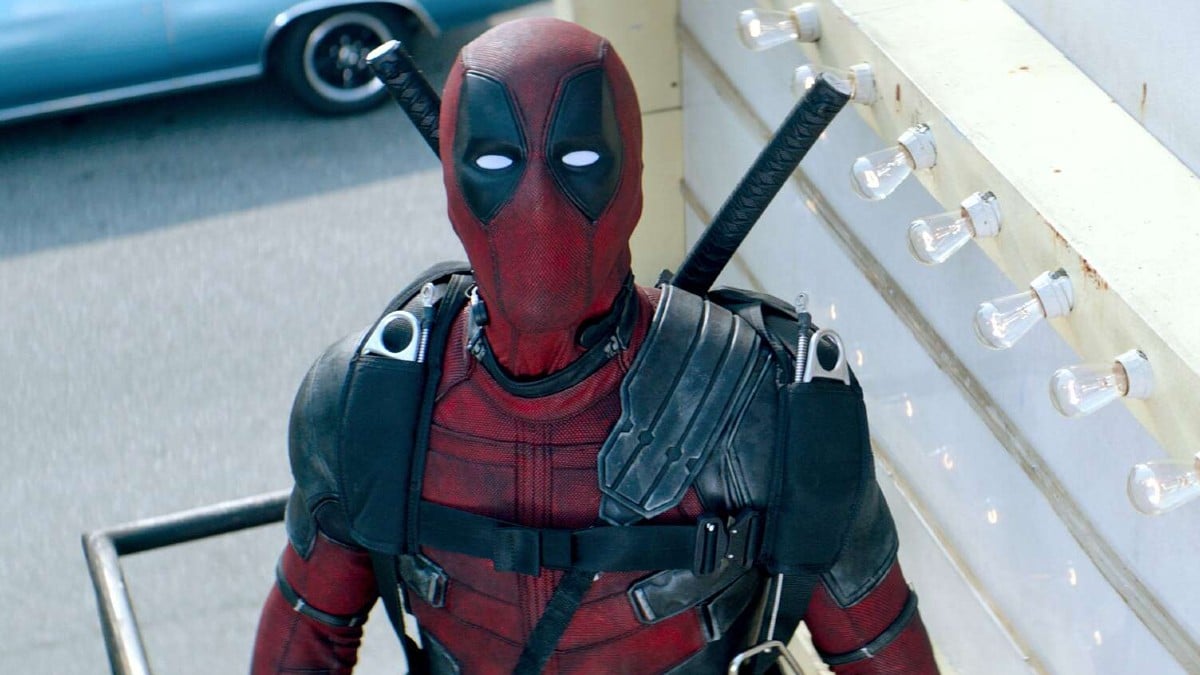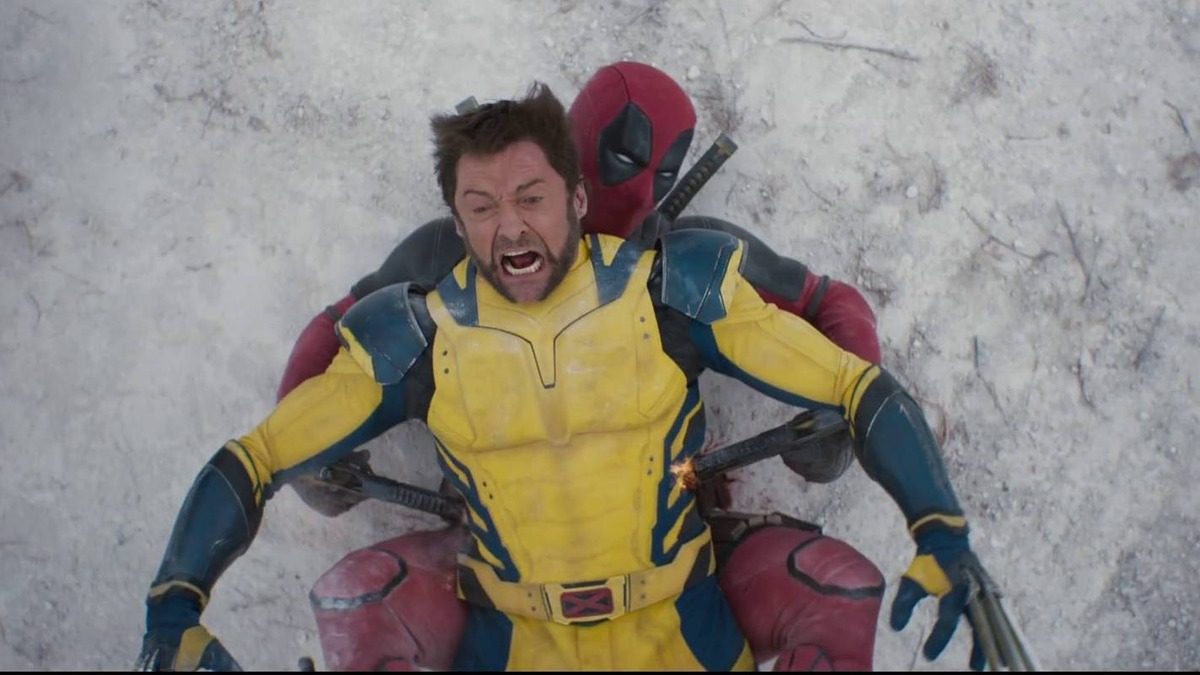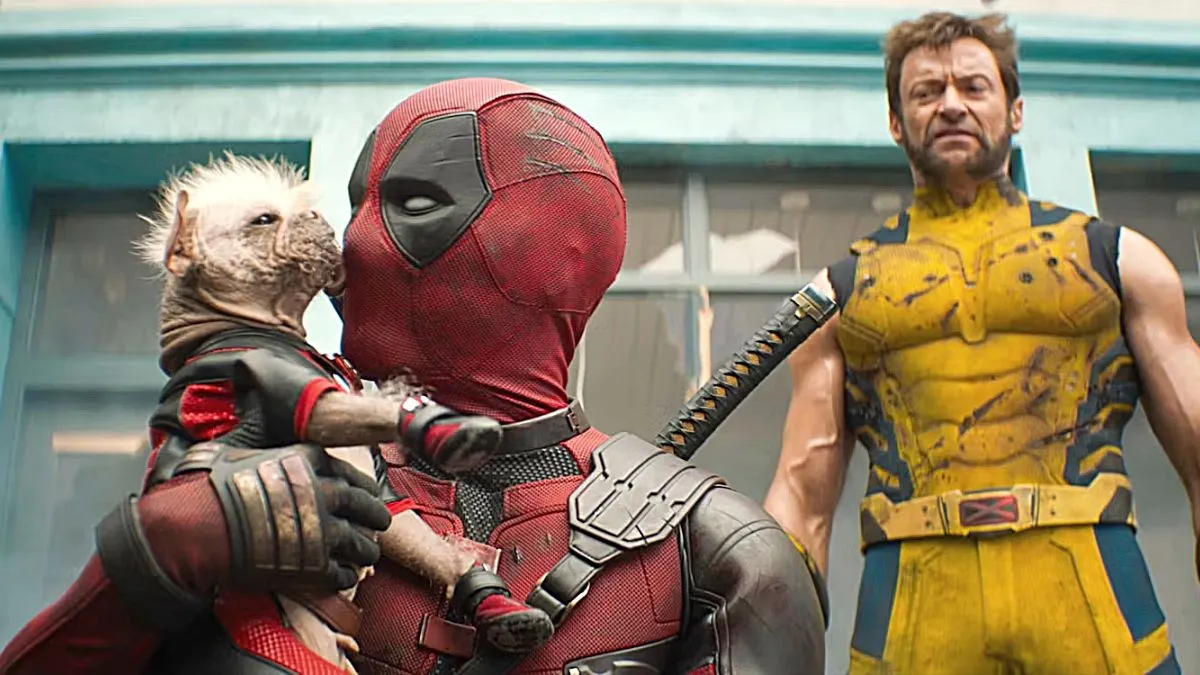Interesting, I haven’t heard of that movie.
Mary Harron: Yeah, yeah, and then he came in – there’s probably some scenes [from Lost River] online, actually. They’re worth looking at. And then he came in and read for me. You know, he is a really great actor. [You can think of him] like a chameleon, able to do different things. And then he came in and read, and he gave a really electrifying sort of audition for us. So, I thought, “ok, this actor can be so compelling. You can see why people would believe in him and follow him.”
He definitely had the look. That’s one thing I wanted to commend you on because that likeness was creepy.
Mary Harron: Well also, I think what he did was [catch] Charlie’s body language. You know, because he’s so much taller than Charlie. But we talked about this and how we were going to deal with the difference in height. And he said, “put me in baggy clothes [because] it’ll make me look smaller, if I’m kind of swimming in my own clothes.” And he had this kind of shuffling, this kind of slightly hunched – he said, “don’t have me standing up too much around other people.” And we just kind of filmed in such a way that it’s not Matt Smith when you meet him in real life. All erect and perfect posture. He’s kind of shambling, and that suited Charlie too. He’s wearing, of course, dark contact lenses. That’s a big thing; you can really change someone’s face quite strongly.
He was wearing contact lenses?
Mary Harron: Yeah, he’s wearing dark brown contact lenses because Charlie had these kind of burning black eyes; it’s a big thing of his look.
That’s a good point about the body language, I remember – I’m trying to remember which scenes specifically. The only ones that come to mind immediately are the ones where he’s playing with the guitar or walking around with the guitar.
Mary Harron: Yeah.
And he’s slouching walking around the ranch. I can see it now. I can see what you’re saying.
So, as far as I know, this is the first full length motion picture about Charles Manson – unless you count Helter Skelter. Did you feel any responsibility in being the first filmmaker to tackle this persona? Especially since [two other films have released] since yours came out about him?
Mary Harron: I think you always, dealing with crimes, you always have a responsibility to the victims. I did want the victims to be present. I wanted the crimes themselves to become quite horrifying and considered abrupt and brutal. Kind of clumsy, as well, the way they were. There was no reason for them to murder these people. They didn’t know these people. My focus mainly was on trying to understand how on earth they got there. How perfectly sane young people could’ve ended up following Charlie’s orders to go and kill people. It does seem incredible, but in order to understand it, you have to really go step by step and show the workings of the family.
One of my questions actually was about the violence that you just mentioned. I thought the LaBianca murders were particularly disturbing. I was even given a little bit of a Paul Allen vibe there. Please tell me that was intentional.
Mary Harron: No, not at all. The Paul Allen scene [from American Psycho] is kind of more comic, actually. He’s so like Bateman – he’s a bit like a Bateman doppelganger. You know it’s almost like Bateman killing himself, so I think in this case, it’s just [victims] living their lives. The perfectly happy [couple], and suddenly these crazy, goofy young people come in and destroy them. It’s horrifying. It’s also just weird and strange and awkward. Do you know what I mean?
Absolutely.
Mary Harron: They weren’t good at killing; they hadn’t killed people before. It wasn’t like they were trained soldiers. They’re just stumbling around in these poor, innocent people’s lives. And part of what I think makes those murders so sad is that they were so unexpected and random. I did want to get that approach, and also in the case of Leslie [Van Houten], she just didn’t know what to do. Once she was there, she didn’t really want to be involved in it. But then she was, and she didn’t know whether to run away; she was paralyzed. The scene almost plays in real time [and that helps us] see what it was like to be there and how she got there.
It surely felt like real time. I believe it started with Charlie walking out of the house, right? And telling them to go in?
Mary Harron: I didn’t want to make it aesthetic or more exciting or, you know, glamorize it. I just wanted it [to be] very flat and banal. That’s what the cinematographer and I talked about: “shoot it very plain, light very bright, kind of harsh, and [show] just information, just the facts. We’re not stylizing it.”
Specifically, with [the shot] of Leslie on top of Rosemary, that’s where I was getting those Paul Allen vibes from. I’m just wondering, what’s the choice in showing only her? I feel like a lot of the violence was offscreen – we don’t see any of the Tate murders until they’ve actually happened already, except for Sharon Tate – so what’s the choice in showing only Leslie [in that shot]?
Mary Harron: I had so desired to show the actual killing or dying. I did want to show the effects [of the murders on the characters]. With Sharon Tate, I just wanted to show the moment of decision in Tex [Watson] because he has these doubts. He confessed in the book he wrote about that he was almost didn’t, that he was torn, but then he decided to do it. And we wanted [to show] that moment of decision which is so painful [because] he could have decided not to. Mrs. LaBianca was probably already dead, most likely. But to me, Leslie had been so paralyzed, and she hadn’t wanted to take part in anything. So when she does, she goes into this animal state…we shot that [whole scene on her face] in one take.
Really?
Mary Harron: Yeah for various technical reasons and for time, I could only do it once. And in a way I was glad, because it’s like, “that’s it, we don’t have to redo this.” Leslie herself said this sort of animal thing took over.
Well for one shot, it certainly turned out well. It’s probably one of, if not the most haunting images in the movie. One last question here, and then I’ll let you go. I know you credit Ed Saunders’ book The Family as the basis for this movie, but you also have Karlene Faith as a very prominent character throughout. I was wondering how important were her writings in your production?
Mary Harron: Her writings were enormously important. I have to see about the Ed Saunders’ book. I mean, they had optioned it, but actually, there are a ton of sources behind the scenes, including the books written by Tex Watson and Susan Atkins themselves and various accounts by family members. There’s just so much material on the Manson family. The only source [about the years] those women [were] in prison is Karlene Faith’s book. So, it was enormously important for Charlie Says.










